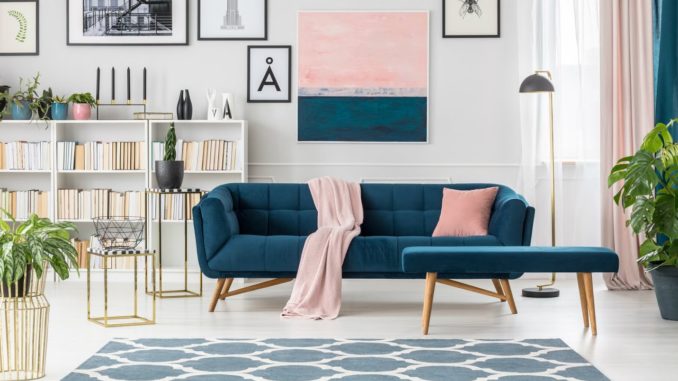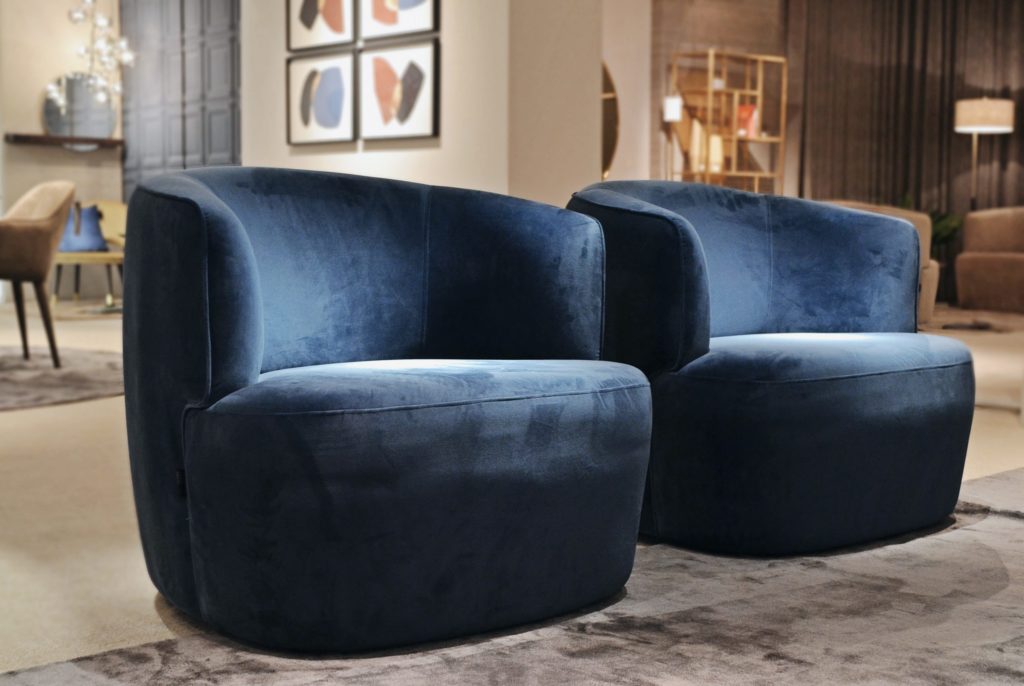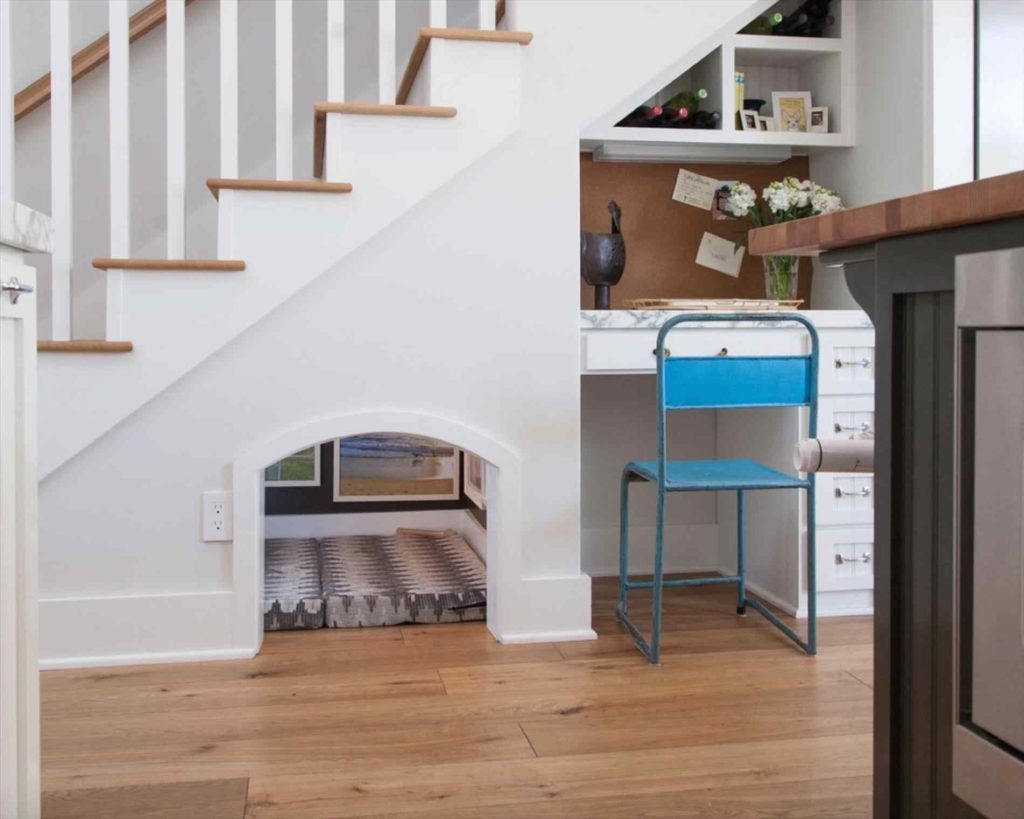
With the current global pandemic causing more and more people to stay indoors, this is a good time to consider the state of our interiors and what our homes could look like over the next 10 years. This article focuses on some of the hottest trends that architects and interior decorators are predicting will take the world by storm.
1. Biophilic Design
Indoor plants have become a completely new layer in interior design projects and large, oversized plants are a growing trend. In the last year though, a new concept has entered the mainstream conversation: Biophilic Design. In order to maintain a certain level of connection with nature, Biophilic Design aims to integrate nature into building architecture as a way to improve our health, psyche and overall ecosystem. The use of reclaimed wood, hanging plants, green walls and large green installations are some of the main trends that we are seeing and that will shape interior design in the next decade.
2. Natural Fiber Furniture
The use of natural fibers such as rattan and wicker in furniture is becoming very popular in interior design. This traditional material is being used in chairs, carpets and lighting, mixed and matched with more modern design.

3. “Chubby” Design
Chairs, coffee tables, couches and even lamps are showing their best voluminous curves taking us back to childhood by giving our spaces a young, fun and modern look. This new trend is led by furniture with rounded edges and tubular forms, and also known as neotenic design, from the concept “neoteny”—the exaggeration of childlike features. An appropriate concept to describe the playfulness these pieces can add to any space!
4. Arches
Archways are typical of traditional architecture and are now having a revival thanks to architects and designers adding curved doorways, rounded windows and arched mirrors to their interior design projects. Aligned with the “Chubby” and Biophilic Design trends, arches appear as a new way to add curves and more organic shapes inside our homes, not only through actual archways but also through decorative patterns painted on walls.
5. Mini Study Nooks
Flexibility at home is more important than ever now that working from home has become more common. In this context, working areas become less formal and can coexist with other living areas. This has led to the appearance of mini study nooks that are integrated into larger furniture pieces, such as hidden within closets or added to bookshelves.
6. Invisible Handles for a Fully Integrated Kitchen
Kitchen design has replaced handles and pulls on drawers and cabinets (especially the oversized ones) with invisible hardware. These range from Push Latches, a mechanical or magnetic device installed inside the cabinet that allows you to open the cabinet by pushing the door, to Integrated Handles where you can pull drawers thanks to inwardly bevelled edges, and more simple solutions such as Hidden Pulls that are affixed to the top edge of each door so that just a sliver juts out. The objective is to have a minimal space with a seamless and sleek look.

7. Stairs Integrated with Furniture
As a creative way of utilizing the space left under stairs, several interior design projects have added storage spaces or even the integration of the steps into a larger furniture design, such as a working area or shelving.
8. Colorful Bathrooms
In parallel to the more frequent use of bright and bold colors in walls and furniture, bathrooms have also begun to embrace color in a daring but elegant way. Bathrooms don’t need to be bright white anymore! Architects and designers are lifting the energy inside these fundamental spaces through colors such as light pink, golden yellow, navy blue and olive green.
9. Open and Fluid Living Areas
Living spaces are becoming more open and fluid, with the formal separation of spaces becoming less frequent. Ideas such as incorporating curtains and mobile panels into open spaces are becoming very popular as a solution to hide specific areas according to how we are using our spaces at home.
10. Terrazzo (not only for) Flooring
This typical marble flooring used in Venetian houses over 500 years ago had its initial comeback in the 1970s. In 2019, the material had another comeback and has become popular among designers once more. The terrazzo we see nowadays is a mix of bigger chips of marble, quartz, granite and glass, with less density and a more striking graphic look.
We will probably continue to see this material being used throughout the next decade, but not only in flooring but also applied to kitchens and living room furniture. This graphic pattern will appear printed on wallpapers, fabrics and even weaved into rugs!
We hope this article has given you something to mull over while you’re stuck indoors. Let us know if you’ve been struck by inspiration in the comments below.

Leave a Reply